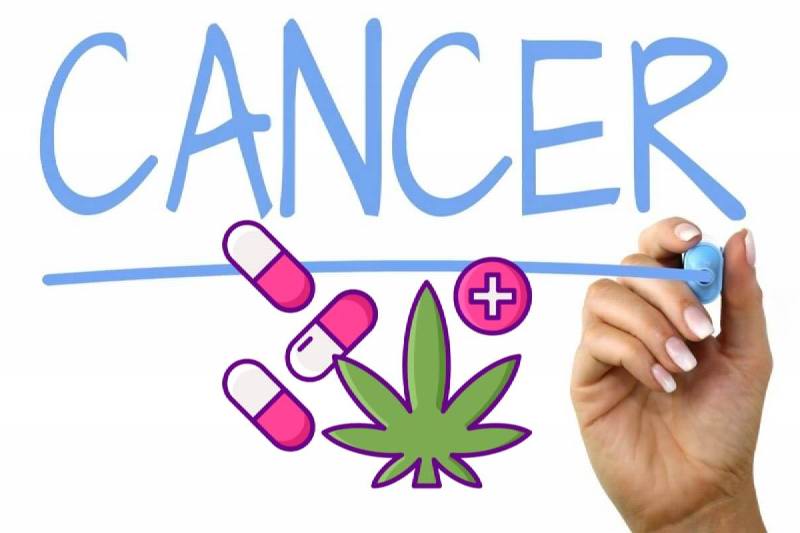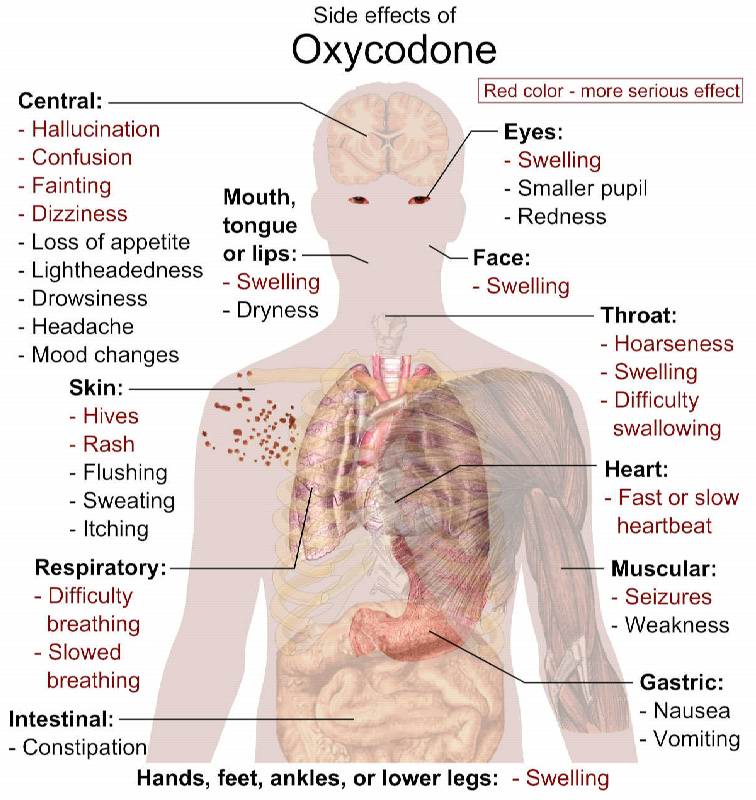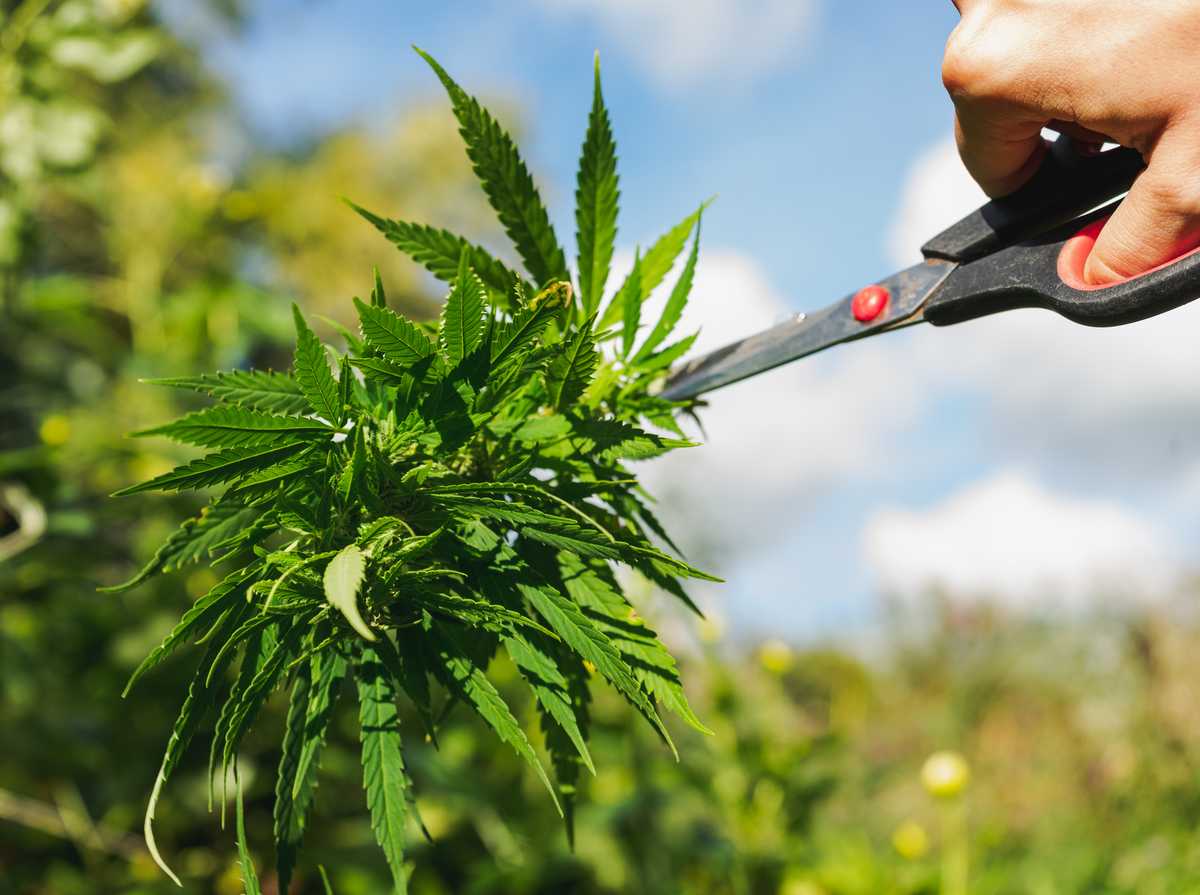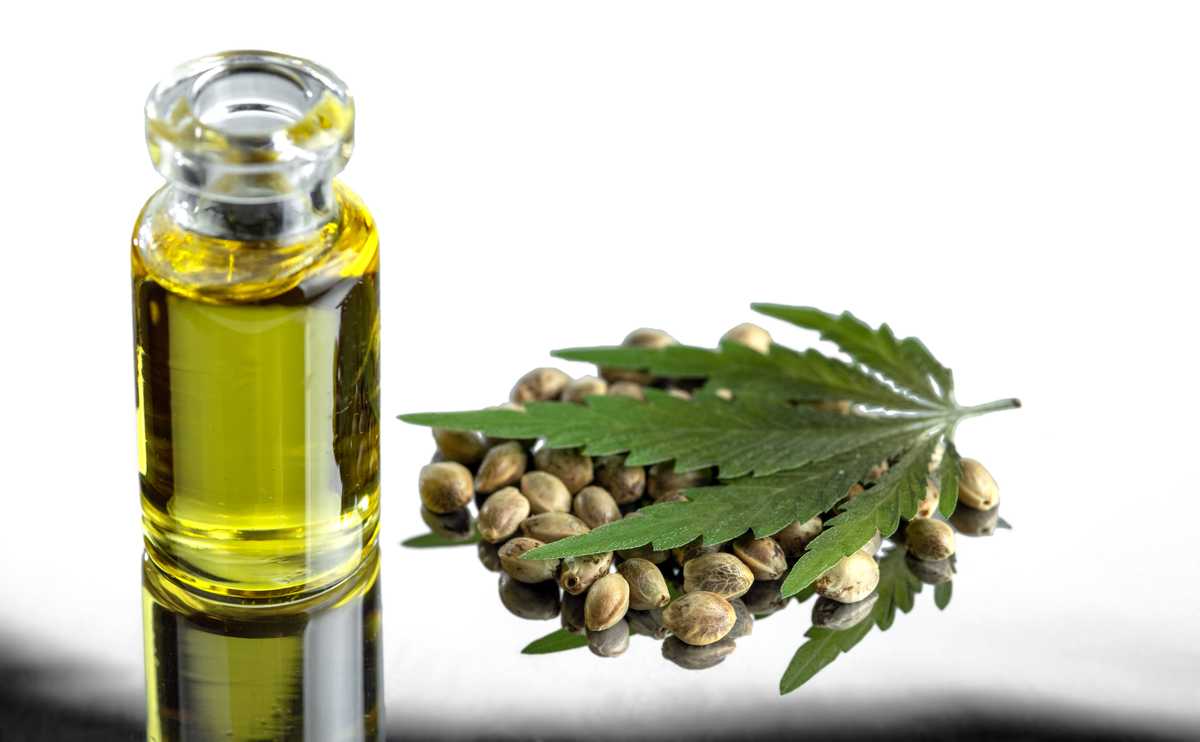
Cannabis Treatment Of Cancer In Australia
The Medical interest for cannabis cancer treatment in Australia, has had a recent spike in interest since the Government’s move to make legislative and policy changes to improve access and research of medical cannabis.
Largely cannabis treatment for cancer is targeted at symptom relief, in particular, nausea and pain relief in cancer patients. While only anecdotal, so individuals claim that cannabis treatment for cancer goes above and beyond simple symptom relief and rather direct treatment of cancer itself. Recent research in animals studies is still being conducted to test the efficacy of such claims.

Chemotherapy The Double Edged-Sword
Chemotherapy often referred to as “chemo” (sometimes CTX or CTx) is one of many treatments of cancer currently. The treatment itself can be used alone or in combination with radiotherapy or other drug-related therapies such as hormone therapy or immunotherapy.
Chemotherapy and many of the other mentioned treatments are a double-edged sword most of the time. Such treatments, while effective at killing or suppressing cancer cells, also come with a drug-related side effect. In the case of chemotherapy, the drug is indiscriminate between healthy and unhealthy cells, often the main cause of side effects.
Common side Effects From Chemotherapy
Fatigue, making the individual struggle with both sleep and daily activities. While fatigue is not only caused by Chemotherapy (depression, poor diet due to nausea or low blood cell count), the effects of the drug cause toxic cells to release their content upon death, circulating toxins throughout the body.
Nausea and vomiting, usually after the first few hours of treatment, people often feel high levels of nausea, which can result in excessive vomiting and dehydration if bodily fluids are not replaced. These effect can last from 24 hours to several days post-treatment.
Diarrhea, much like nausea, can occur during the beginning of treatment and continue for several weeks after treatment has concluded. Factors such as chemotherapies negative effect on the lining of the gastrointestinal tract and diet changes are largely the cause of such symptoms. Alternatively, constipation is also common due to the drugs used in symptom management (painkillers and anti-nausea medication) and reduced fluid intake by patients in this situation.
While there are many other side effects (hair loss, organ damage, cognitive deficits, skin changes, eye changes and much more), the goal for future research and treatment is to reduce side-effects and target the bad cells directly and safely.
Medical Cannabis Use In Symptom Reilef
Cannabis-related drugs have been used for many years now to treat and suppress many of these side effects. For example, nabilone, a synthetic version of tetrahydrocannabinol (THC) has been used in Austria & Spain to treat nausea symptoms related to chemo since 2013.
Medical Cannabis itself, while still in its infancy of research, is showing promising benefits for chemotherapy-induced nausea and vomiting (CINV) (Read More). Some studies have even found evidence to suggest that cannabinoids are more effective than some conventional medication for the treatment of CINV (Read More).

For pain relief, a 2011 review (Read More), advocated for the general safety of medical cannabis compared to opioids used of long term treatment of pain. As of 2018 (Read More), 3 people per day die in Australia due to opioids, and pharmaceutical-related opioids account for ~70% of these opioid-induced deaths. Most often the deaths are related to an accidental overdose, something that could be avoided with safer alternatives to pain management (ABS, 2018). Naturally, the recent “opioid crisis” around the world is driving the shift away from opioid use to safer alternatives. Cannabis specific use in pain relief has, therefore, gained lots of traction in recent years and while still controversial, shows supporting evidence for its use in pain relief. The active cannabinoids in the medicine can not be overdosed on, reducing the risk of overconsumption and the deadly interaction alcohol has with other medication.
There are currently a number of randomised controlled trials starting now in Australia reviewing the potential benefits of cannabis use compared to other currently prescribed drug. The future of cannabis research is going to be an exciting/controversial time in the treatment of cancer-related diseases. At Cannabis Place, we are hoping for Australia to help the ever-growing research around the world, as in the past our great country has contributed so much to the medical world already (cochlear implant, electronic pacemaker, penicillin and much more!) (Read More).
How To Get Medical Cannabis In Australia
If you or somebody you know is wondering if medical cannabis is right for you, please visit the Therapeutic Goods Administration website to find out how to get started for your state.
Disclaimer: Cannabis Place are not doctors and we recommend consulting health professionals for accurate information. This site may contain information regarding drugs. This medicinal cannabis content is designed for an 18+ audience. Click here for our full disclaimer




